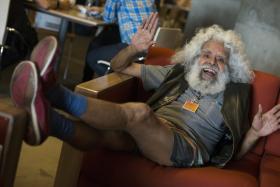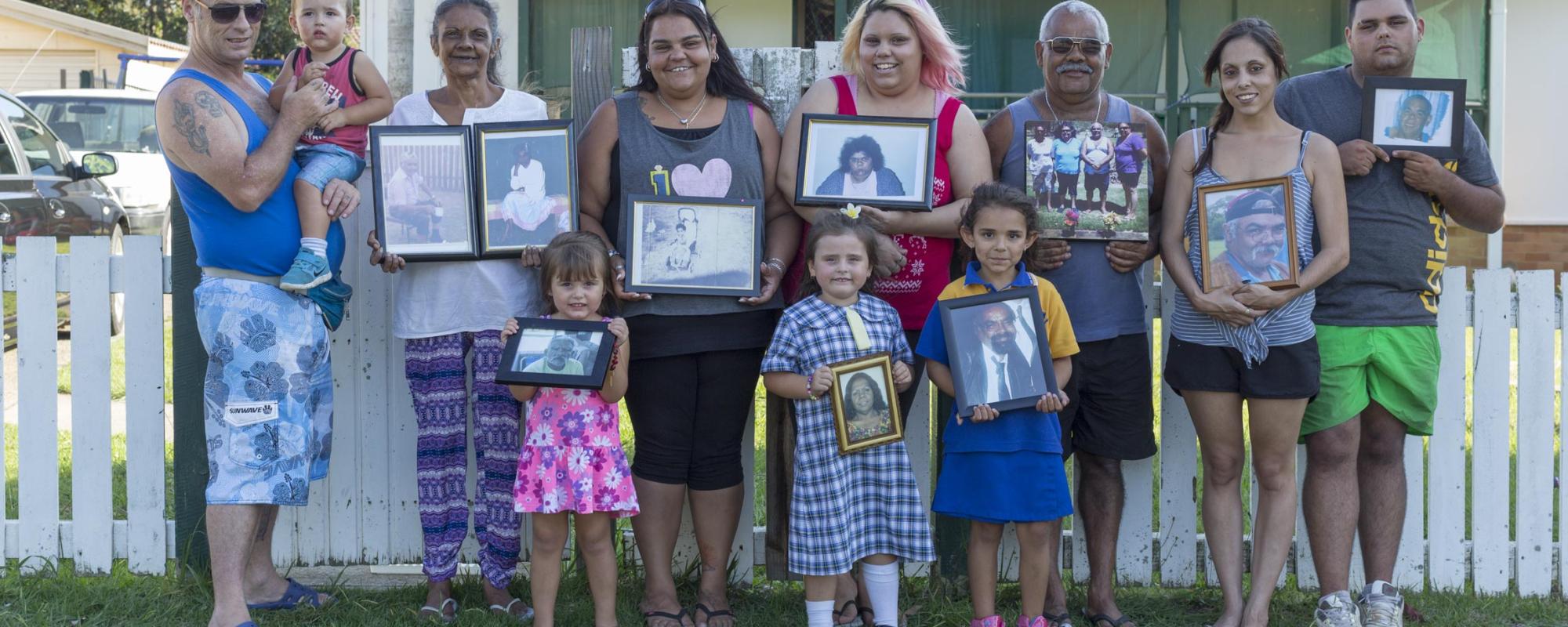
Aboriginal Australians
Explore stories of Aboriginal culture, history, language and art through the Library's stunning collections.
Featured
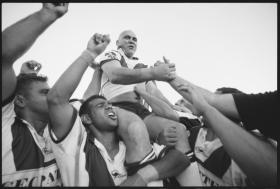
Calling the Koori Knockout
One of the most important sporting and cultural events on the Aboriginal and Torres Strait Islander calendar returns.
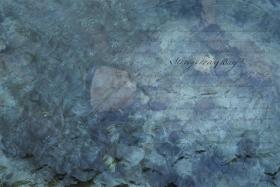
Eight days in Kamay
On 29 April 1770, the Gweagal people of Kamay (Botany Bay) discovered James Cook and his crew as they sailed into the bay and came ashore. The eight days that followed changed the course of Australia’s history. 250 years later the events of those eight days and their continuing impact are still being debated, contested, felt.
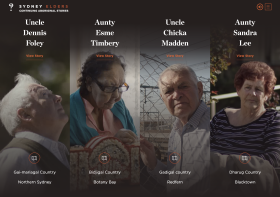
Sydney Elders
In Aboriginal communities, our elders are our libraries; they hold our knowledge and connect us to our past while strengthening our future
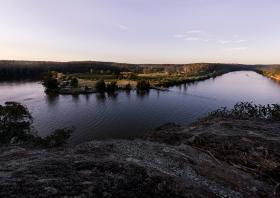
Dyarubbin
Dyarubbin, the Hawkesbury River, begins at the confluence of the Grose and Nepean rivers and ends at Broken Bay. This long, winding and ancient river has been home to the Darug people for millennia and is a vital and sustaining resource.
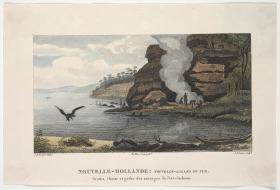
- Indigenous
- People
- Image
Eora: Indigenous Sydney before European settlement
Delve deep into the stories of Indigenous Sydney before European settlement, created through a close and innovative interrogation of the European records of early colonisation.
All stories

Sydney Elders
In Aboriginal communities, our elders are our libraries; they hold our knowledge and connect us to our past while strengthening our future

Dyarubbin
Dyarubbin, the Hawkesbury River, begins at the confluence of the Grose and Nepean rivers and ends at Broken Bay. This long, winding and ancient river has been home to the Darug people for millennia and is a vital and sustaining resource.
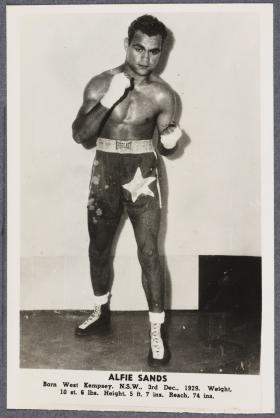
The Fighting Sands Brothers
Sport — including boxing — has long been one arena where First Nations talent has been celebrated.
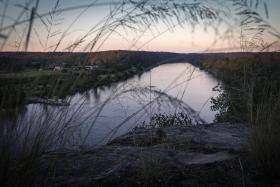
Following the river
Darug people share a deeper story of Dyarubbin, the Hawkesbury River.
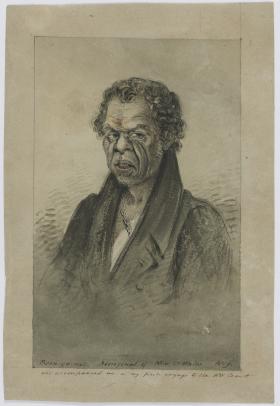
Sydney's Bungaree
Bungaree (c 1775–1830) is a remarkable and enigmatic figure in Sydney and Australia’s colonial history.
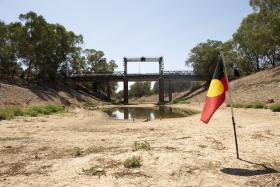
Totems
How can a dialogue between Indigenous ancestors and descendants forge connections to country for all Australians?
- Aboriginal
- Exhibition
- History

Curating Eight Days in Kamay
In 1770 the Gweagal people of Kamay (Botany Bay) discovered James Cook and the Endeavour. The Library’s new exhibition explores the eight days that followed.
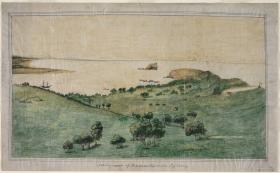
Art of Newcastle: convict artists in Aboriginal Country
An Aboriginal leader’s assistance to the artists of the Newcastle penal settlement led to an unprecedented visual record of the local Indigenous people.
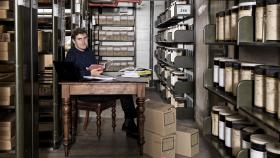
Reclaiming our story
A contributor to the Library’s Living Language exhibition reflects on Indigenous resistance, survival, and the New England linguicide.
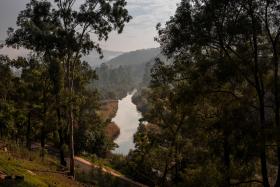
The real secret river: exploring Dyarubbin
A list of Aboriginal placenames was a trigger for seeking the ‘real secret river’.
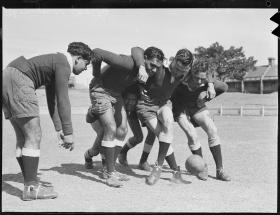
The Redfern All Blacks in 1946
We've recently digitised a remarkable series of photos showing players from the Redfern All Blacks rugby league team taken at Redfern Oval in 1946.
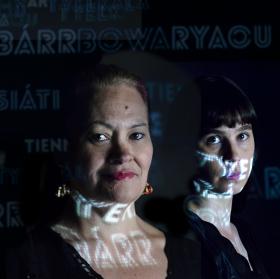
Living language: Aboriginal languages in New South Wales
A major exhibition opening in July at the Library will celebrate UNESCO’s International Year of Indigenous Languages.
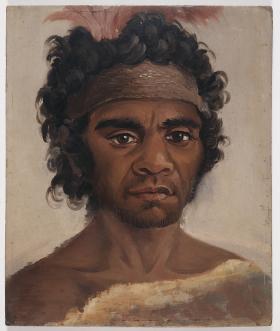
- History
An unknown warrior: mysterious portrait of an unknown, handsome young Aboriginal man
This mysterious portrait of an unknown, handsome young Aboriginal man is believed to have belonged to Governor Lachlan Macquarie, described as ‘One of the NSW Aborigines befriended by Governor Macquarie’. Part of the Works in Focus series.
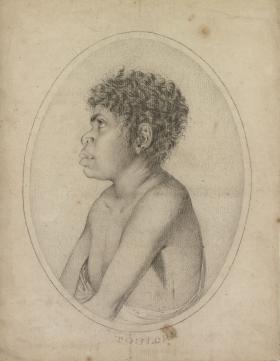
Toulgra
An 1802 portrait of a young Eora man, by French artist Nicolas-Martin Petit, is remarkable for its attention to detail.
!['Portrait Gallery' c. 1870, from the Earngey album [Photographic scenes and portraits of Fijian natives, Aborigines of Queensland and Clarence River NSW, British Royalty and the Exhibition Building at Prince Alfred park, 1870-1875] 'Portrait Gallery' c. 1870, from the Earngey album [Photographic scenes and portraits of Fijian natives, Aborigines of Queensland and Clarence River NSW, British Royalty and the Exhibition Building at Prince Alfred park, 1870-1875]](/sites/default/files/styles/max_width_280/public/a627003.jpg?itok=clMfYb7y)
- Indigenous
- Quick Reads
Contact prints
Portrait of Gumbaynggirr and Bundjalung people from the 1870s show how photography shaped race relationships in the nineteenth century.
Members of Aboriginal and Torres Strait Islander communities are advised that this story contains names and images of deceased people.
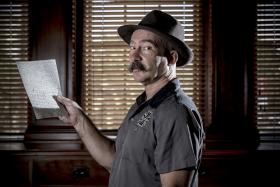
- History
- Indigenous
- In Depth
The Sydney wars
Our 2017 Merewether Fellow Stephen Gapps looks at resistance and warfare in colonial Sydney on the anniversary of the Appin Massacre of 1816.
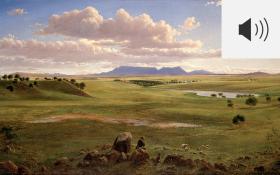
- Discovery
- Indigenous
- Audio
Planting Dreams: audio guides
Hear Jonathan Jones, Bruce Pascoe and Richard Aitken share their thoughts about some of the items on display in Planting Dreams.
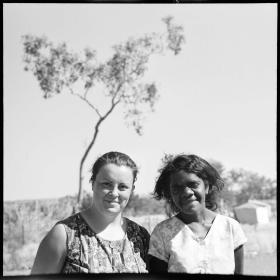
- History
- Indigenous
- In Depth
Big things grow: the Gurindji’s struggle for land rights
The Gurindji’s struggle sparked a national network of support organisations and became a symbol of the land rights movement.
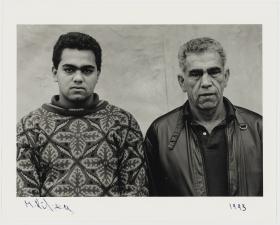
- Art and culture
- Indigenous
- People
- Image
- Quick Reads
Michael Riley's A Common Place: Portraits of Moree Murries
A Common Place displays 15 dramatic portraits of Moree Murries taken by Michael Riley, one of Australia’s leading Indigenous contemporary artists.
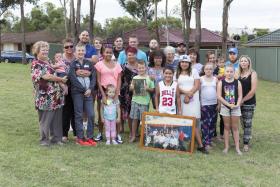
- History
- Indigenous
- People
- Image
- Quick Reads
Family Keeps Us Going
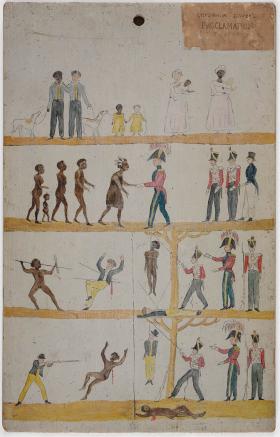
- Art and culture
- History
- Indigenous
- Quick Reads
Governor Arthur's Proclamation to the Aborigines
The Proclamation Board (1828-1830) is a four-strip pictogram aimed to communicate that those who committed violent crimes, be they Aboriginal Australian or colonist, would be punished.
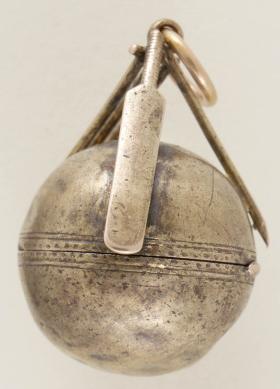
- History
- Indigenous
- People
- Image
- Quick Reads
The first Indigenous cricket tour of England
In 1868, 13 cricketers from Victoria's western districts sailed from Sydney to become the first Australian team to tour England.
Members of Aboriginal and Torres Strait Islander communities are advised that this story contains names and images of deceased people.
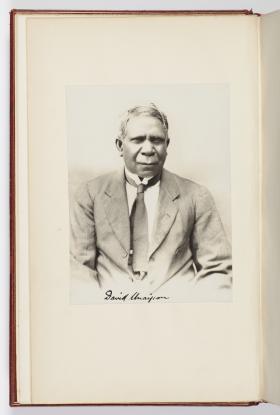
- Indigenous
- Partnerships
- Quick Reads
David Unaipon
A great inventor, an Indigenous rights advocate and Australia's first published Aboriginal writer.
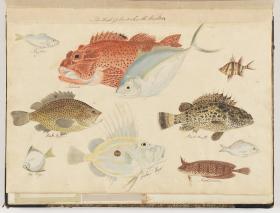
- Art and culture
- Indigenous
- Natural world
- Partnerships
- Quick Reads
The Wallis album
The discovery and acquisition of a fascinating album compiled by Captain James Wallis reveals the artistic collaborations between a commandant and a convict.

- Indigenous
- People
- Image
Eora: Indigenous Sydney before European settlement
Delve deep into the stories of Indigenous Sydney before European settlement, created through a close and innovative interrogation of the European records of early colonisation.

Eight days in Kamay
On 29 April 1770, the Gweagal people of Kamay (Botany Bay) discovered James Cook and his crew as they sailed into the bay and came ashore. The eight days that followed changed the course of Australia’s history. 250 years later the events of those eight days and their continuing impact are still being debated, contested, felt.
